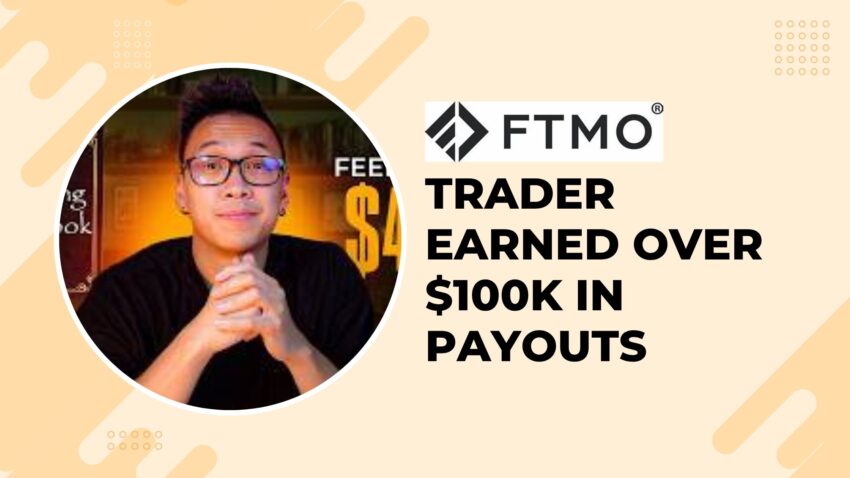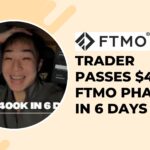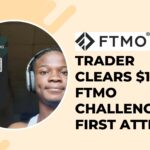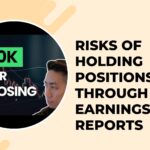In the ever-evolving world of prop firm trading, one trader has crossed the $100,000 FTMO payout mark, scaling up to $1 million in total market exposure—and he credits nearly all of it to a powerful but underused concept: the trading playbook.
If you’re serious about becoming a consistently profitable trader, this isn’t just another motivational story. It’s a breakdown of the system and mindset that took one individual from failed accounts to seven-figure aspirations.
You Can’t Measure What You Don’t Track
What separates you from elite traders may not be skill—but structure. The turning point for this trader came in Year 7 of his journey, after reading One Good Trade by Mike Bellafiore of SMB Capital. Inspired by the idea of a trading playbook, he began designing what he now calls a “trading to-do list”—a living contract between him and himself.
At its core, the playbook forces you to document your strategy in precise, measurable steps:
- Your trade entries and exits
- Your market confluences
- Your timeframes
- Your win conditions and stop criteria
This isn’t a notebook full of scattered ideas. It’s a system of accountability designed to help you think, act, and grow like a trader who handles seven-figure capital.
Defining Your Strategy with Surgical Clarity
It starts with your trading strategy paragraph. You don’t get to “feel” your way into a trade. You write it down. Clearly.
Whether it’s a 61.8% retracement confluence with a double bottom or a DAX trend continuation confirmed by multiple timeframes (as he uses), your strategy must be understandable at a glance.
Once that’s in place, you move to confluences—your checklist before taking a trade. Are the 4H and 30M in alignment? Is the MA slope favorable? Are you within a kill zone?
Each condition becomes a filter. If it’s not aligned, you don’t trade. Period.
Building a Trading Mantra to Combat Impulse
Your next step is writing a trading mantra—the psychological rulebook that governs your behavior in moments of fear or euphoria. It’s not just motivational fluff.
You define boundaries:
- “Two losses and I’m done for the day.”
- “If I hit 20 wins in a row, I pause for a week.”
- “I don’t trade out of revenge or boredom.”
When markets get emotional, you stay neutral—because your mantra was written by your most disciplined self.
Lifestyle, Routine, and Self-Optimization
You don’t just wake up and trade. You breathe, reflect, visualize your goals, and review your to-do list. That’s because how you live is how you trade.
As part of his playbook, the trader maps out a flowchart of how he picks trades and manages entries. He also uses journals—starting with Edgewonk and transitioning to Tradzilla—to review time-of-day performance, missed setups, and emotional triggers.
This is where you see clear patterns emerge. In his case? Losses before 10 a.m. and after 4 p.m. became obvious once tracked. The solution: don’t trade during those hours.
From Strategy to Profitability: A Repeatable Model
He credits his rise not to luck or signals but to combining three core elements:
- Strategy – Built from tested setups like “Pattern A” on DAX or gold.
- Psychology – Enhanced through journaling and daily self-reflection.
- Profitability – Tracked, reviewed, and refined through forward and backward testing.
His community mentorship program has helped students secure over $200,000 in payouts in just three months, with consistent journaling and shared playbooks as the backbone.
Targeting $1.5M in One Year
As of 2024, he’s preparing for his most ambitious goal yet: earning $1.5 million in a single year. He’s already documented over $100,000 in payouts in one month—and shares this data transparently across platforms.
His personal 2025 playbook includes:
- Trading DAX with confirmation across 30M, 10M, and 3M
- Daily review of wins/losses and setup alignment
- Reps, backtesting, and sample testing cycles
- Maintaining lifestyle alignment with vision board reviews and physical wellness
He’s made an oath to himself, and he encourages you to do the same. If your goal is to hit $10K, $100K, or $1M in trading—where’s your roadmap? Where’s your contract?




